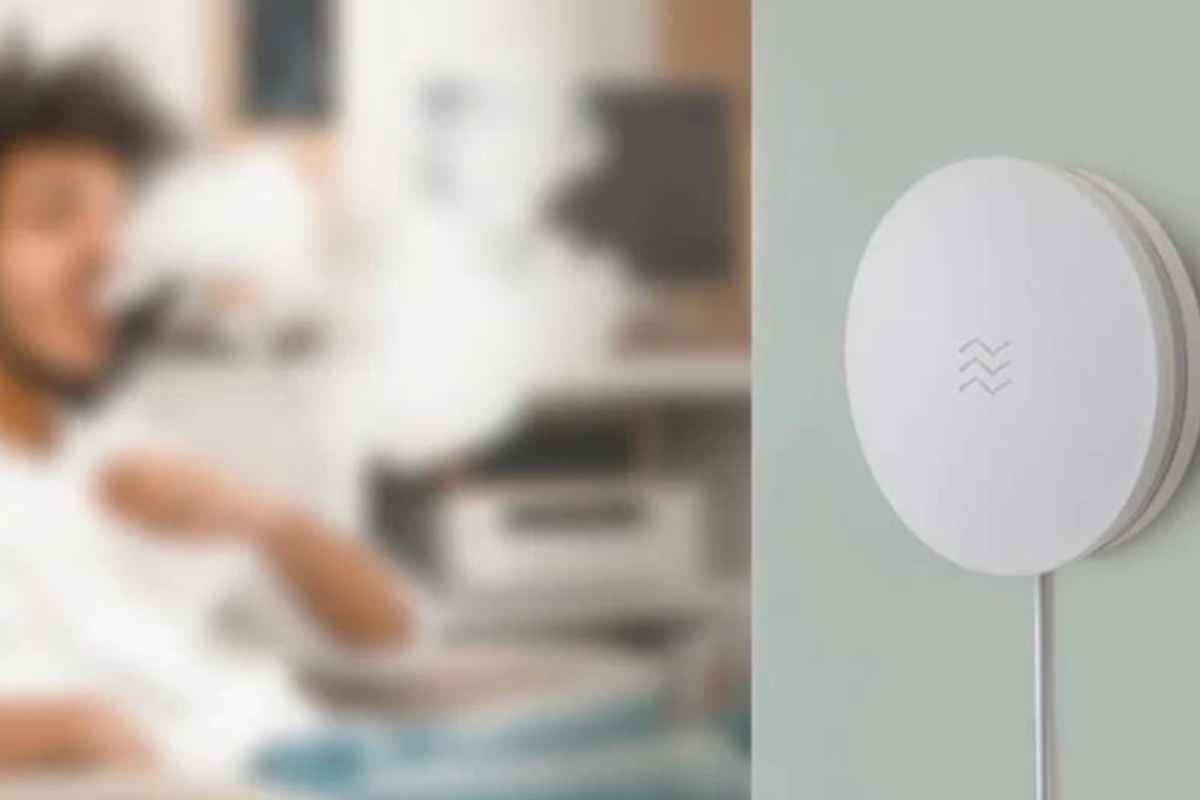

Articles
How To Smoke In A Room With A Smoke Detector
Modified: January 19, 2024
Learn how to safely smoke in a room with a smoke detector with these informative articles. Avoid setting off alarms and smoke in peace.
(Many of the links in this article redirect to a specific reviewed product. Your purchase of these products through affiliate links helps to generate commission for Storables.com, at no extra cost. Learn more)
Introduction:
Smoking indoors can sometimes be a challenge, especially when there is a smoke detector in the room. Smoke detectors are designed to detect the presence of smoke and alert occupants of potential fire hazards. While their presence is crucial for ensuring fire safety, they can pose a problem for smokers who wish to smoke in a room without triggering the alarm.
In this article, we will delve into the intricacies of smoking in a room with a smoke detector and provide useful tips and techniques to help you smoke discreetly and minimize the risk of triggering the alarm. By understanding the functioning of smoke detectors and adopting necessary precautions, you can enjoy your smoking experience without compromising safety.
Before we explore the strategies to smoke in a room with a smoke detector, let’s first understand how these devices work and how they are able to detect smoke.
Key Takeaways:
- Prioritize Safety and Minimize Risk
Understanding smoke detectors, identifying the type in your room, and taking essential precautions can help you smoke indoors discreetly while minimizing the chances of triggering the alarm. Choose suitable smoking methods and prepare the room to ensure safety. - Responsible Smoking Practices
While smoking in a room with a smoke detector requires caution, it’s crucial to prioritize safety, choose appropriate smoking methods, and restore the smoke detector after smoking. Always consider health risks and regulations, and make informed choices for a safe smoking experience.
Read more: How To Cover A Smoke Detector In A Dorm Room
Understanding Smoke Detectors:
Smoke detectors are electronic devices designed to detect the presence of smoke in a room. They are typically installed in various locations throughout a building, including bedrooms, living rooms, and hallways, to ensure early detection and warning of potential fire hazards.
There are two main types of smoke detectors: ionization smoke detectors and photoelectric smoke detectors.
Ionization smoke detectors work by using a small amount of radioactive material to ionize the air inside the detector. When smoke enters the detector, it disrupts the ion flow and triggers the alarm. These detectors are more sensitive to fast-burning, flaming fires.
On the other hand, photoelectric smoke detectors utilize a light source and a light-sensitive sensor. When smoke particles enter the detector, they scatter the light, which then triggers the alarm. This type of detector is more effective at sensing slow-burning, smoldering fires.
It is important to identify the type of smoke detector installed in your room, as the method you choose for smoking in the room may vary depending on the detection mechanism.
Now that we have a better understanding of smoke detectors, let’s move on to identifying the type of smoke detector in your room.
Identifying the Type of Smoke Detector in Your Room:
Before you can effectively smoke in a room with a smoke detector, it is essential to identify the type of smoke detector installed. This information will help you determine the best approach to minimize the chances of triggering the alarm.
The easiest way to determine the type of smoke detector is by checking the labeling or user manual provided by the manufacturer. Look for terms such as “ionization” or “photoelectric” to identify the detection mechanism.
If the labeling is not available, you can visually inspect the smoke detector to identify its type. Ionization smoke detectors usually have a small radioactive symbol or a warning label indicating the presence of radioactive material, typically Americium-241. On the other hand, photoelectric smoke detectors often have a clear or slightly tinted chamber housing the optical sensor.
If you are still unsure about the type of smoke detector, you can consult a professional or the building’s maintenance staff who can provide the necessary information.
Once you have identified the type of smoke detector in your room, you can proceed to take the necessary precautions before smoking in the room, ensuring safety and minimizing the chances of triggering the alarm.
Now that we know how to identify the type of smoke detector, let’s move on to the important precautions you should take before smoking in a room with a smoke detector.
Essential Precautions before Smoking:
Before you light up in a room with a smoke detector, it is crucial to take certain precautions to ensure your safety and minimize the risk of triggering the alarm:
- Know the rules: Familiarize yourself with the regulations and policies regarding smoking in the building or room. Some establishments may have strict no-smoking policies or designated smoking areas that you need to respect.
- Open windows and improve ventilation: Increase airflow in the room by opening windows and using fans to help dissipate the smoke and reduce the concentration of particles that could trigger the alarm.
- Seal the room: Close any openings or gaps in doors, windows, or vents to prevent smoke from escaping into other areas. This will help contain the smoke and reduce the chances of it reaching the smoke detector.
- Use air purifiers or air filters: Consider using air purifiers or filters to help remove smoke particles from the air. These devices can help improve indoor air quality and reduce the chances of smoke reaching the smoke detector.
- Avoid smoke-smelling clothing or accessories: Before entering the room with the smoke detector, make sure you are not wearing clothes or carrying accessories that strongly smell of smoke. Scented smoke can linger on clothing and trigger the alarm even if you are not actively smoking.
- Keep a fire safety equipment handy: It is essential to have a fire extinguisher or a fire blanket readily available in case of any accidental fire. Safety should always be a top priority when smoking indoors.
By following these essential precautions, you can minimize the risk of triggering the smoke detector and ensure your safety while smoking in a room with a smoke detector. However, it’s important to remember that smoking indoors may still pose health risks and it is always advisable to find alternative, designated areas for smoking.
Now that we’ve taken the necessary precautions, let’s move on to choosing the appropriate method of smoking in a room with a smoke detector.
Choosing an Appropriate Method of Smoking:
When smoking in a room with a smoke detector, it is essential to choose the right method to minimize the production of smoke and reduce the chances of triggering the alarm. Here are some suitable methods you can consider:
- Vaping: Vaping is a popular alternative to traditional smoking that involves heating an e-liquid to produce vapor. Unlike smoking, vaping produces less smoke and odor, which can help reduce the risk of triggering the smoke detector.
- Smokeless tobacco: Smokeless tobacco products such as snus or chewing tobacco release minimal smoke and fumes. Choosing smokeless tobacco can be a discreet option to smoke in a room with a smoke detector.
- Herbal alternatives: There are various herbal blends and smoking alternatives available on the market that produce minimal smoke and odor. These alternatives can provide a similar smoking experience without the excessive smoke that may set off the detector.
- Smoke containment devices: Investing in smoke containment devices, such as smokeless ashtrays or personal smoke filters, can help minimize smoke particles and reduce the chances of detection by the smoke detector.
- Smoking outside: If possible, consider smoking outdoors instead of smoking indoors. Smoking outside eliminates the risk of triggering the smoke detector altogether, ensuring both safety and compliance with any no-smoking policies.
Remember, it’s important to choose a method that aligns with your preferences and complies with any rules or regulations in place. Each method carries its own set of considerations, so be sure to research and understand the potential risks and advantages before making a decision.
Now that you have chosen an appropriate method, let’s move on to preparing the room for smoking.
To smoke in a room with a smoke detector, you can try using a plastic bag or shower cap to cover the smoke detector temporarily. Just remember to remove it once you’re done.
Read more: How To Cover A Smoke Detector
Preparing the Room for Smoking:
Before you start smoking in a room with a smoke detector, it is crucial to make necessary preparations to minimize the spread of smoke and reduce the chances of triggering the alarm. Here are some steps to prepare the room:
- Choose a well-ventilated room: Select a room with proper ventilation, such as a room with windows or a fan. Good airflow helps in dissipating the smoke and reduces the concentration of particles that could reach the smoke detector.
- Close off other areas: Close the doors and seal any gaps or openings that may allow smoke to travel to other parts of the building. This prevents the smoke from reaching areas with smoke detectors and triggering the alarm.
- Use a smoking accessory: Consider using smoking accessories such as a smoke buddy, which helps filter out the smoke and reduce the odor. This will help minimize the impact of smoke in the room.
- Designate a smoking area: Set up a specific area for smoking within the room. This can be near an open window or a specific corner to contain the smoke and make it easier to direct it away from the smoke detector.
- Protect surfaces: Cover furniture and surfaces near the smoking area with sheets or plastic to prevent smoke residue from settling on them. This will make cleaning up easier afterward.
- Keep a portable fan: Position a portable fan near the window or the designated smoking area to create a directed airflow that helps carry the smoke outside rather than towards the smoke detector.
By following these preparations, you can minimize the spread of smoke and reduce the chances of triggering the smoke detector while smoking in a room. However, always remember to prioritize safety and be considerate of others who may be impacted by the smoke.
Now that the room is prepared, let’s move on to the steps for temporarily disabling the smoke detector.
Disabling the Smoke Detector Temporarily:
Disabling the smoke detector temporarily is not recommended as it compromises safety. Smoke detectors are crucial for early fire detection and can save lives. However, if you still choose to proceed with disabling the smoke detector, it is important to exercise caution and follow these steps:
- Know the risks: Understand that disabling the smoke detector increases the potential danger in case of a fire. It is crucial to have a thorough understanding of the fire safety measures and be prepared to react quickly in case of an emergency.
- Locate the smoke detector: Identify the specific smoke detector in the room that you want to disable. It is often located on the ceiling or high on the wall.
- Read the user manual: Consult the user manual of the smoke detector to determine whether it has a temporary disablement feature. Some detectors have a built-in feature that allows for temporary disabling without fully disconnecting the device.
- Disconnect the power source: If the smoke detector does not have a temporary disablement feature, you may choose to disconnect the power source to disable it. This can be done by removing the batteries or cutting the power supply to the detector. However, keep in mind that this completely disables the detector and poses a significant safety risk.
- Keep a close eye: Even with the detector temporarily disabled, it is essential to remain vigilant and cautious while smoking. Constantly monitor the smoking area and be prepared to react quickly if any signs of danger, such as a fire or excessive smoke, are observed.
It is crucial to remember that disabling the smoke detector is not a recommended practice. Smoke detectors play a vital role in ensuring fire safety, and disabling them compromises the safety of everyone in the building. It is always advisable to find alternate locations or designated smoking areas where smoke detectors are not present to smoke safely and responsibly.
Now that we have discussed temporarily disabling the smoke detector, let’s move on to the next section, which focuses on smoking in the room safely.
Smoking in the Room Safely:
When smoking in a room with a smoke detector, it is crucial to prioritize safety and take necessary precautions to minimize the risk of triggering the alarm and ensure a safe smoking experience. Here are some guidelines for smoking in the room safely:
- Choose the right method: As discussed earlier, select a smoking method that produces minimal smoke and odor, such as vaping or using herbal alternatives. This helps reduce the chances of detection by the smoke detector.
- Position yourself near an open window: If possible, smoke near an open window to allow the smoke to disperse outside. The airflow helps carry the smoke away from the room and reduces the likelihood of it reaching the smoke detector.
- Exhale away from the smoke detector: When exhaling, direct your breath away from the smoke detector to minimize the amount of smoke that may come into contact with it. This can be done by exhaling towards the window or using a smoke buddy to filter the exhaled smoke.
- Take frequent breaks: Smoke in short intervals and take breaks in between to allow the smoke to dissipate. This prevents excessive smoke from accumulating in the room and reduces the risk of triggering the smoke detector.
- Properly extinguish cigarettes or tobacco: Ensure that cigarettes or tobacco are fully extinguished in an appropriate ashtray or designated container. This minimizes the chances of accidental fires and reduces the production of smoke.
- Dispose of waste properly: Dispose of cigarette butts and other smoking-related waste in an appropriate manner. Avoid using bins inside the room and dispose of waste outside to prevent the buildup of smoke-related residue.
- Monitor the surroundings: Continuously observe the smoking area and be aware of any signs of excessive smoke or potential fire hazards. If you notice any concerning signs, take immediate action to mitigate the risk and ensure your safety.
By following these safety guidelines, you can minimize the risk of triggering the smoke detector and ensure a safe smoking experience in the room. Remember, it is essential to be mindful of the potential health risks associated with smoking and consider alternative options or designated smoking areas whenever possible.
Now that you know how to smoke safely in a room with a smoke detector, let’s move on to the next section, which covers the steps to complete the smoking process and restore the smoke detector.
Completing the Smoking Process and Restoring the Smoke Detector:
Once you have finished smoking in the room, it is important to complete the necessary steps to ensure the smoke detector is restored and functioning properly. Here are the steps to follow:
- Properly extinguish all smoking materials: Ensure that all smoking materials, such as cigarettes or tobacco, are fully extinguished. Make sure there are no embers or lingering smoke before moving forward.
- Clean up any smoking residue: Take the time to clean up any ash, cigarette butts, or smoking residue that may be present in the room. Dispose of them properly in an appropriate container.
- Reconnect or replace smoke detector batteries: If you had temporarily disconnected the smoke detector or removed its batteries, it is important to reconnect them or replace the batteries to restore the functionality of the device. Make sure the smoke detector is properly powered.
- Test the smoke detector: Once the smoke detector is reconnected or the batteries are replaced, it is crucial to test its functionality. Follow the manufacturer’s instructions to perform a test to ensure the smoke detector is working correctly.
- Check for any smoke residue near the smoke detector: Inspect the area around the smoke detector for any signs of smoke residue. If present, clean the area using a damp cloth to remove any lingering smoke particles.
- Ensure proper ventilation: Open windows, use fans, or improve airflow in the room to help disperse any lingering smoke and ensure proper ventilation. This helps maintain a healthy indoor environment.
By completing these steps, you can ensure that the smoke detector is restored and functioning properly after smoking in the room. Regularly maintain and test the smoke detector to ensure its reliability in detecting potential fire hazards.
Remember, smoking indoors is not recommended due to health risks and potential fire hazards. Always abide by any rules, regulations, or policies in place and consider finding alternative locations or designated smoking areas to smoke safely and responsibly.
With these guidelines, you are now equipped to navigate smoking in a room with a smoke detector while prioritizing safety and minimizing the risk of triggering the alarm.
Do you need any further assistance?
Read more: How To Remove A Smoke Detector
Conclusion:
Smoking indoors in a room with a smoke detector can present challenges, as the detector is designed to detect smoke and trigger an alarm for fire safety purposes. However, by understanding smoke detectors, identifying the type of detector in your room, and taking essential precautions, you can smoke in the room while minimizing the chances of triggering the alarm.
It is important to choose an appropriate method of smoking that produces minimal smoke and odor, such as vaping or using herbal alternatives. Preparing the room by ensuring proper ventilation, closing off other areas, and using smoke containment devices can help reduce the spread of smoke and its contact with the detector.
While temporarily disabling the smoke detector is not recommended due to safety concerns, taking necessary precautions and following guidelines can help you smoke in the room safely. Positioning yourself near an open window, exhaling away from the detector, and monitoring the surroundings are important measures to minimize the risk of detection.
After completing the smoking process, it is crucial to restore the smoke detector by properly extinguishing smoking materials, cleaning up residue, and reconnecting or replacing batteries. Testing the detector’s functionality and ensuring proper ventilation are also important steps to maintain a safe and functional smoke detection system.
However, it’s important to note that smoking indoors may still pose health risks and violate regulations in certain settings. Whenever possible, consider finding alternative locations or designated smoking areas that do not have smoke detectors present to smoke safely and responsibly.
In conclusion, while smoking in a room with a smoke detector requires caution and adherence to safety measures, it is possible to enjoy a discreet smoking experience while minimizing the risk of triggering an alarm. Prioritize safety, follow guidelines, and always be mindful of the potential health hazards associated with smoking indoors.
Stay safe and make informed choices when it comes to smoking in indoor spaces.
Frequently Asked Questions about How To Smoke In A Room With A Smoke Detector
Was this page helpful?
At Storables.com, we guarantee accurate and reliable information. Our content, validated by Expert Board Contributors, is crafted following stringent Editorial Policies. We're committed to providing you with well-researched, expert-backed insights for all your informational needs.
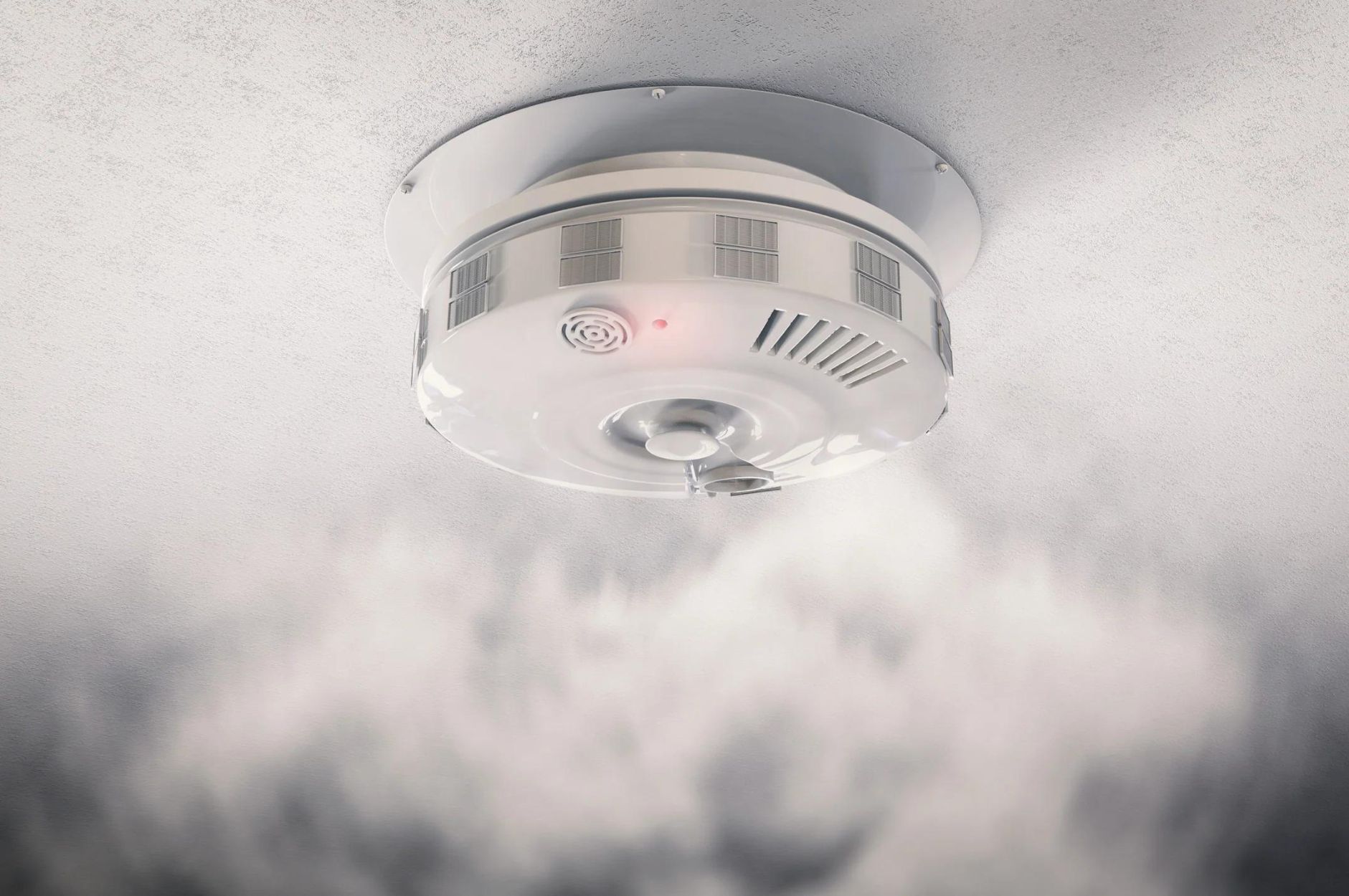
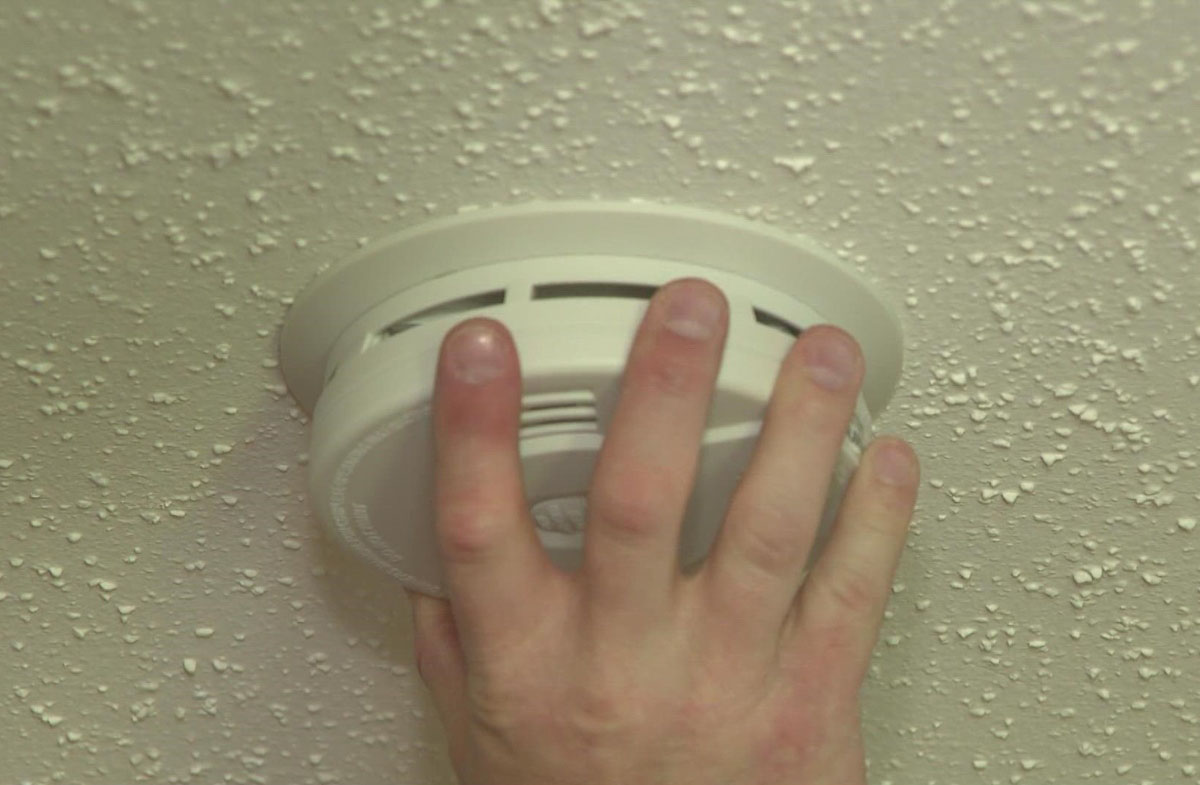
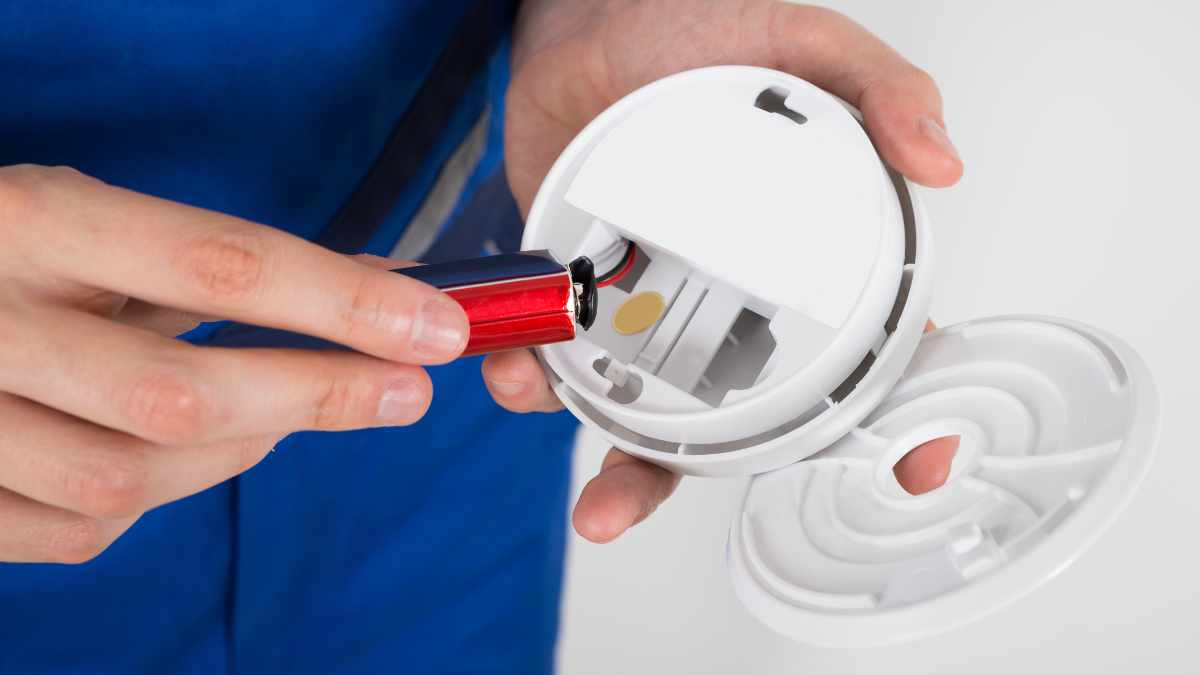
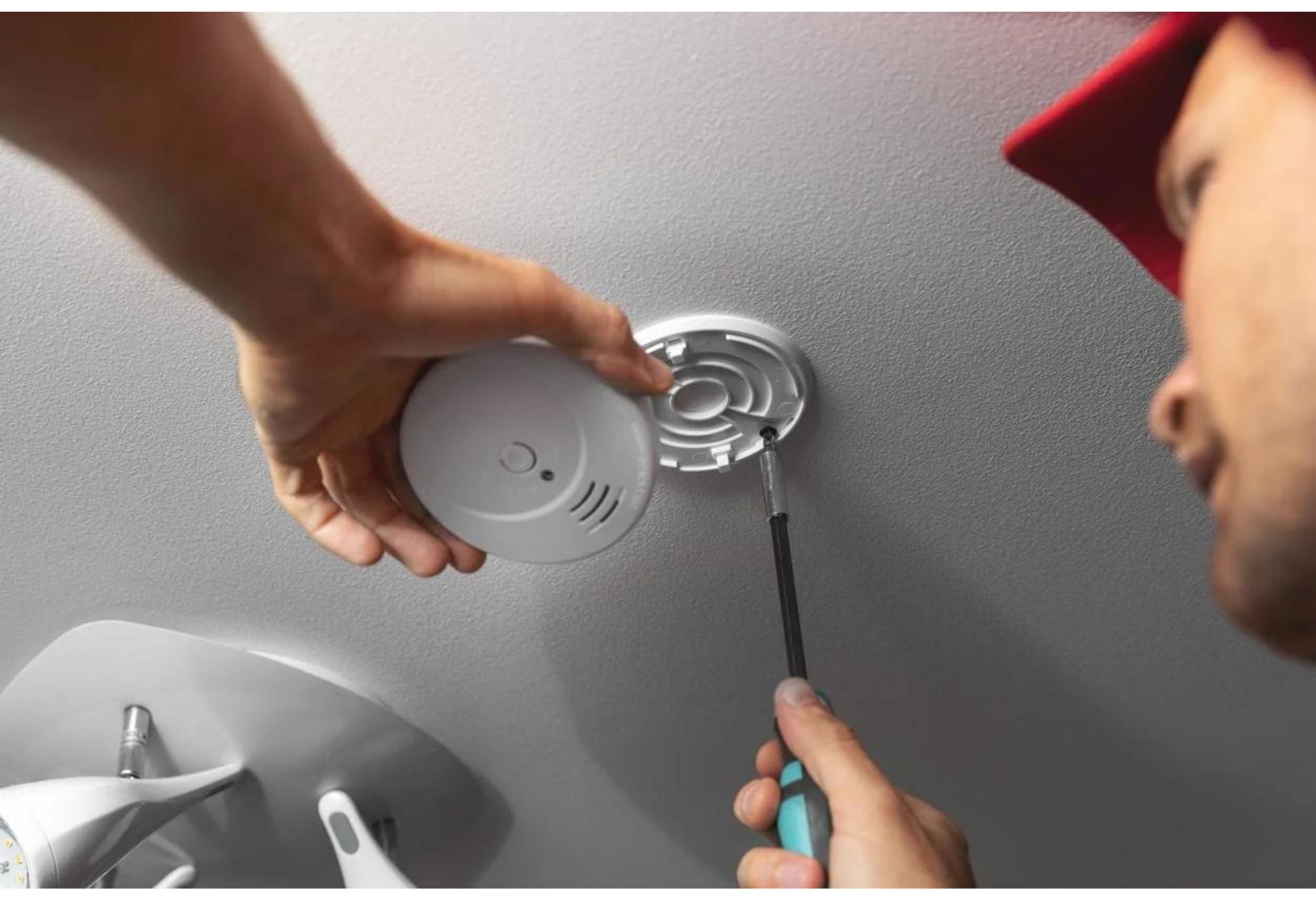
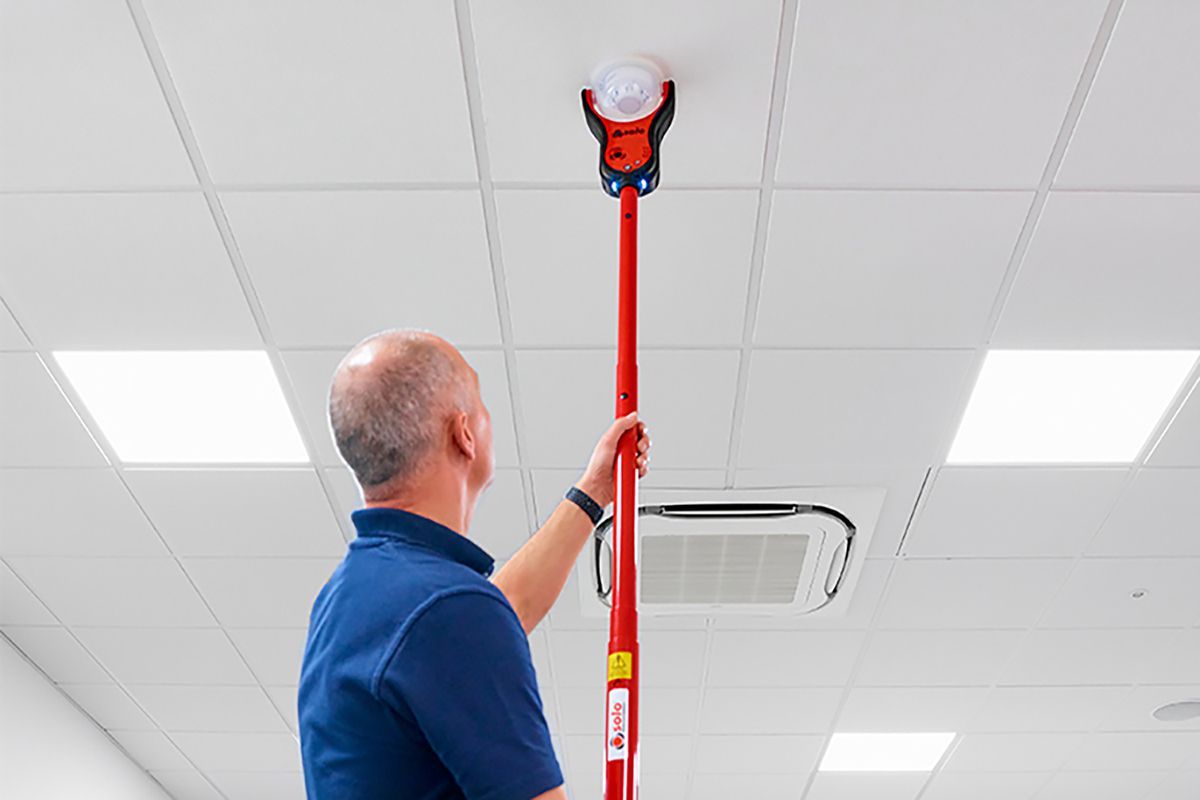
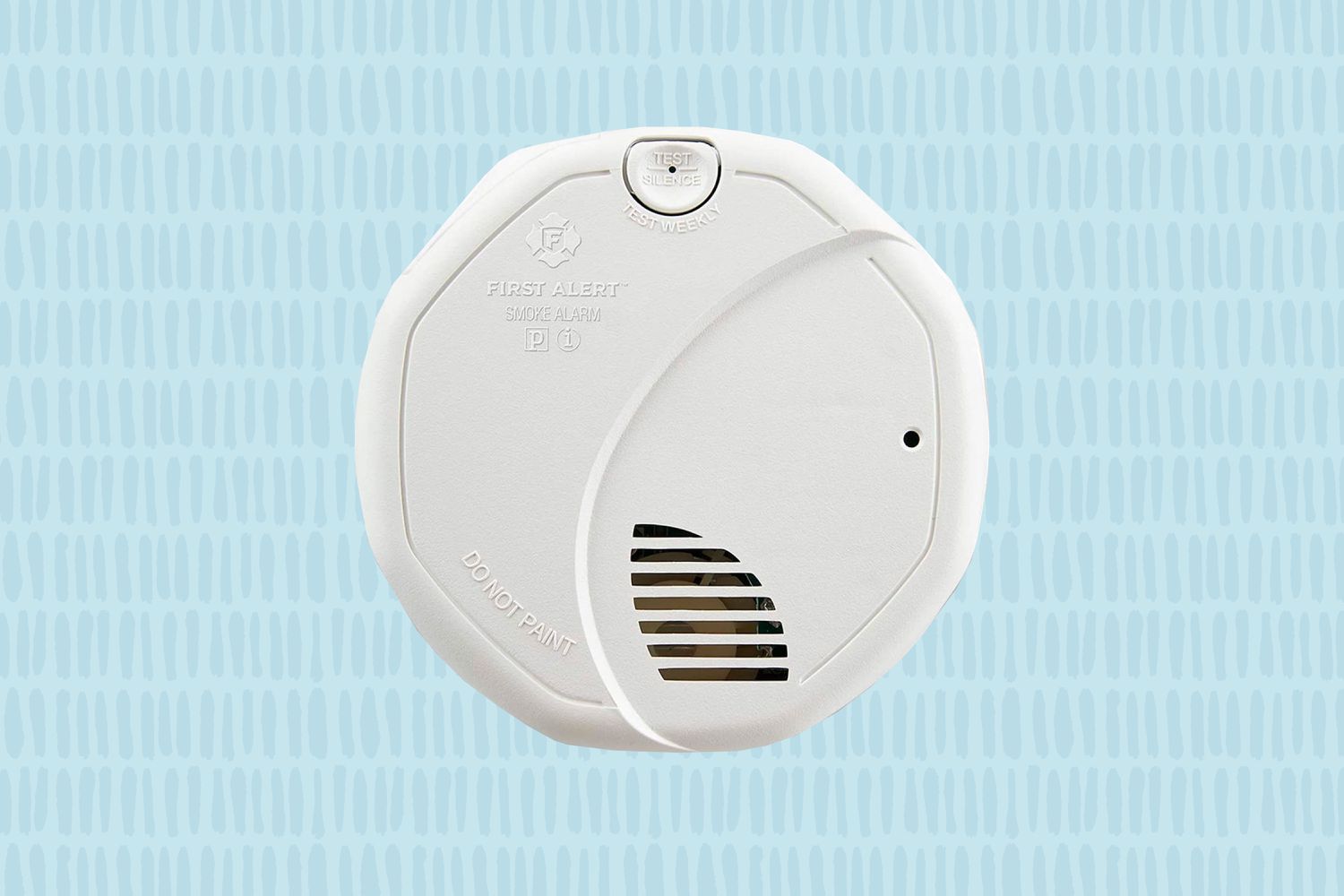
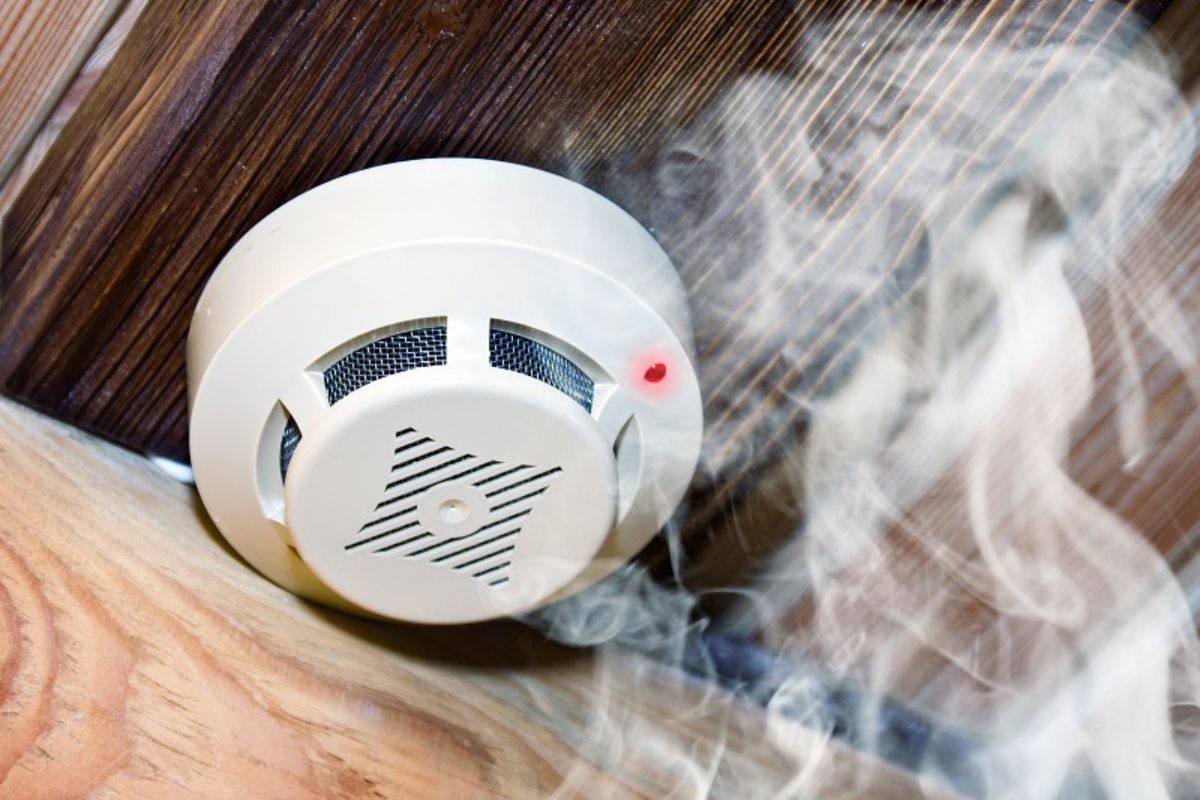
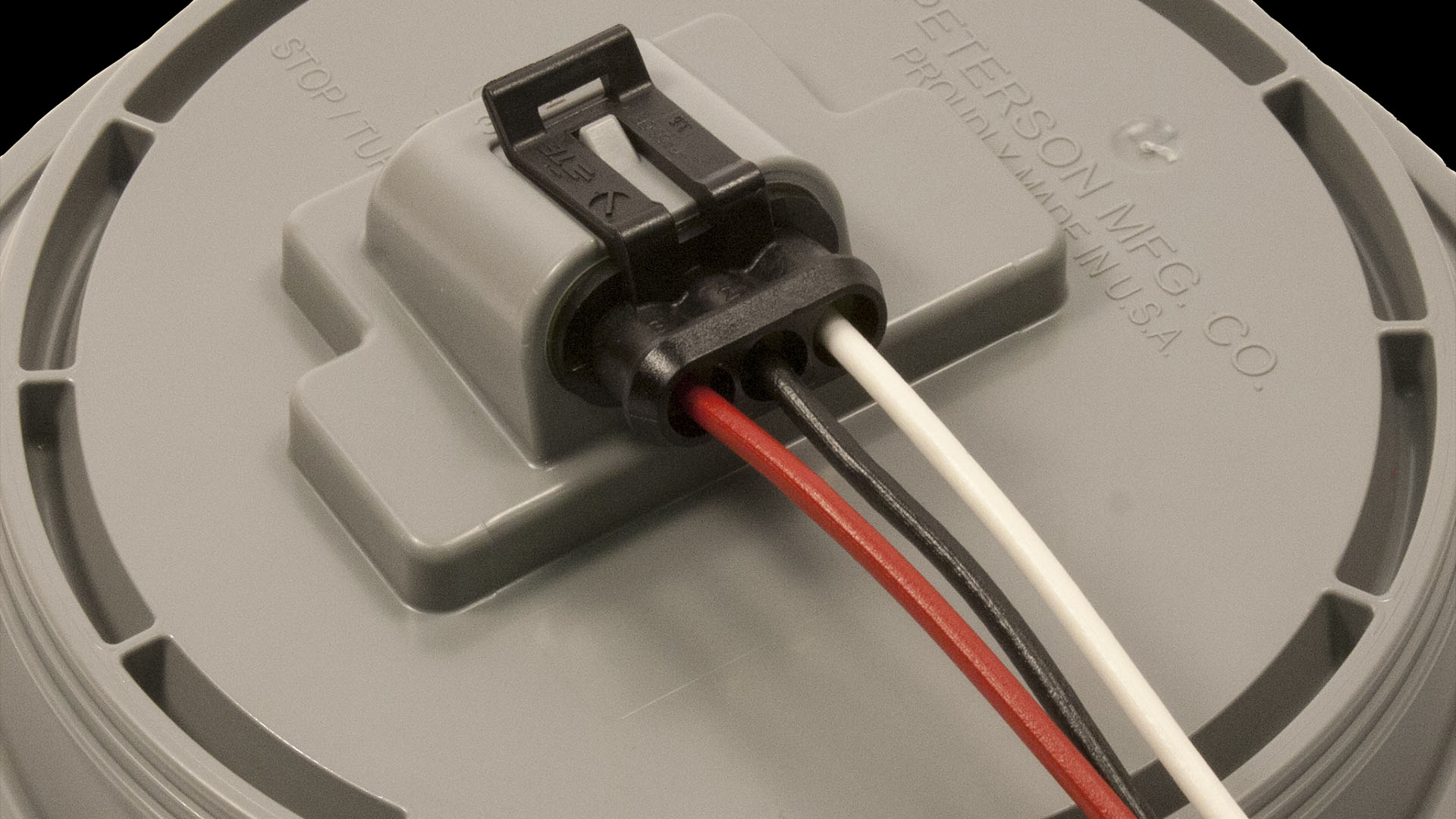

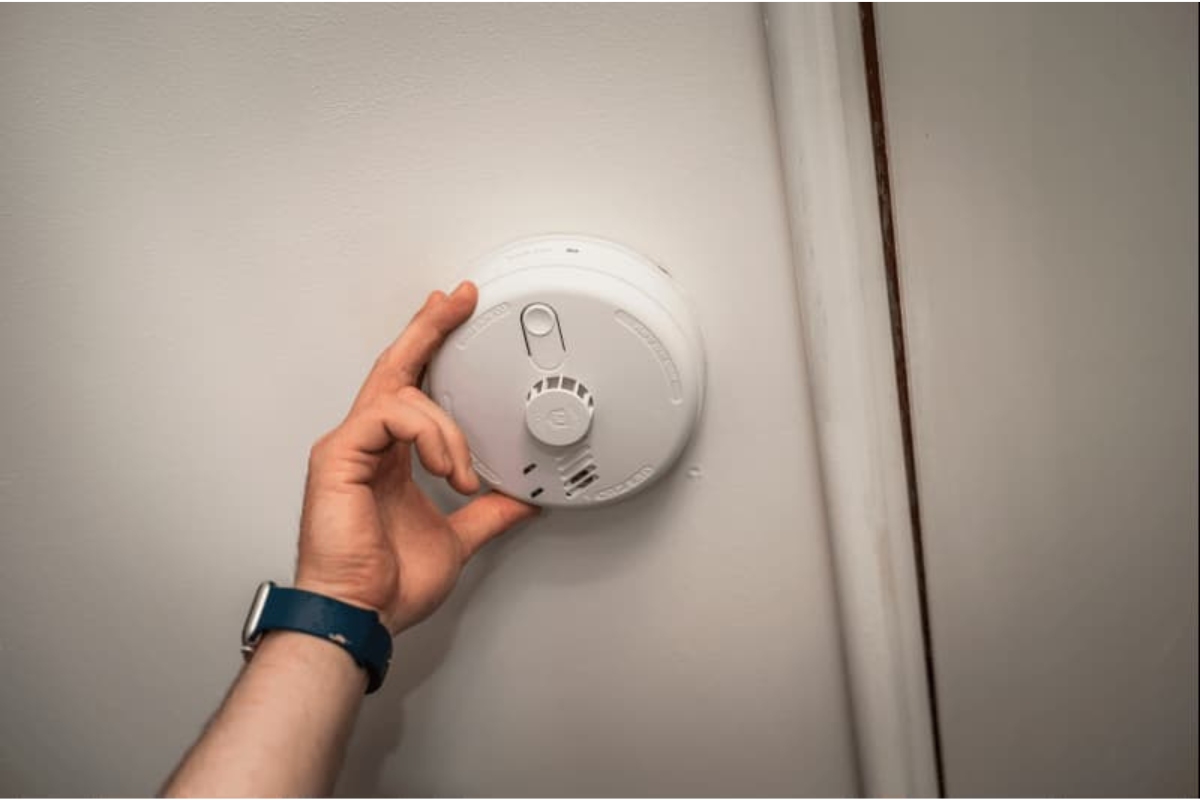
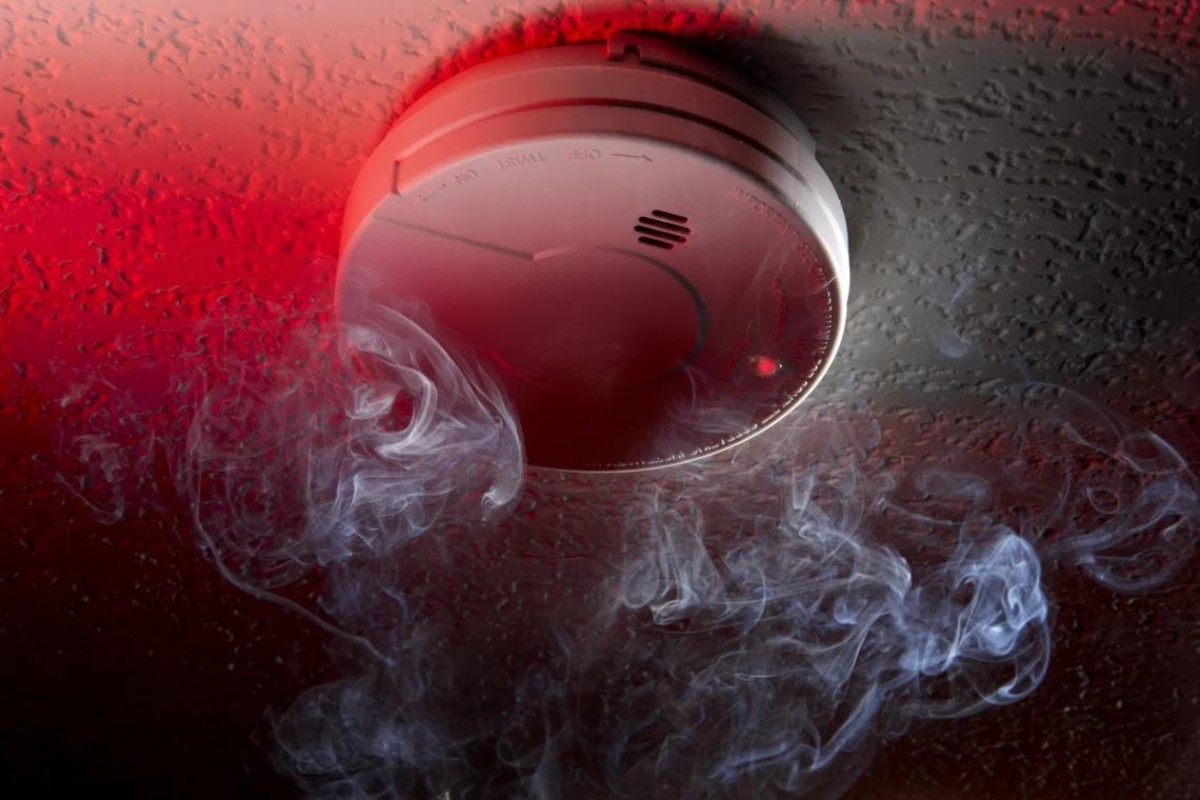
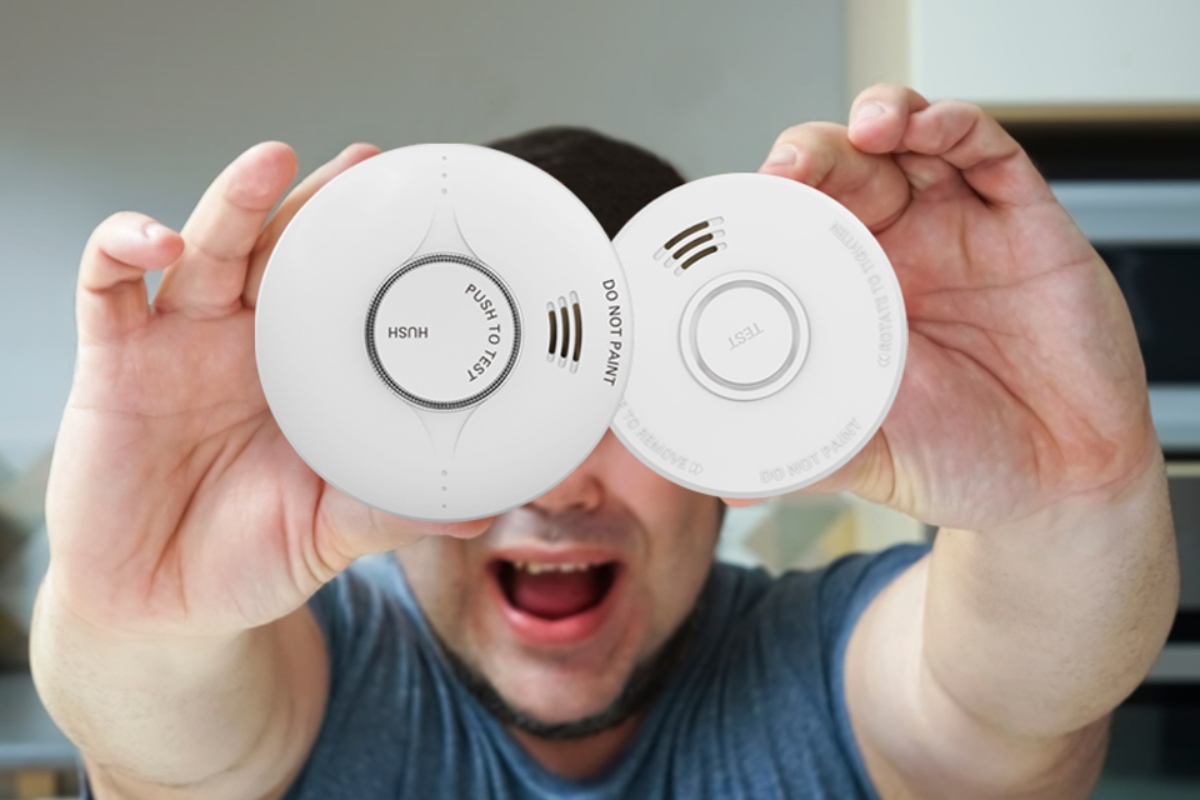
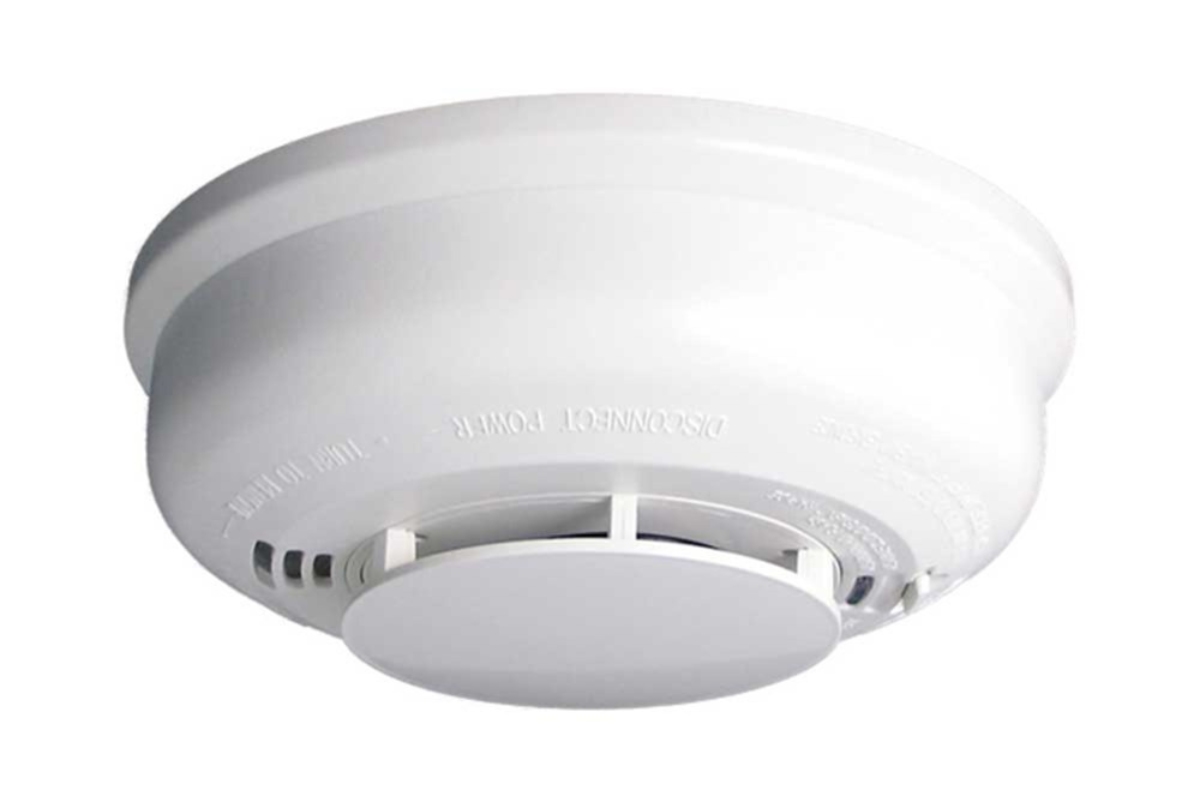

0 thoughts on “How To Smoke In A Room With A Smoke Detector”